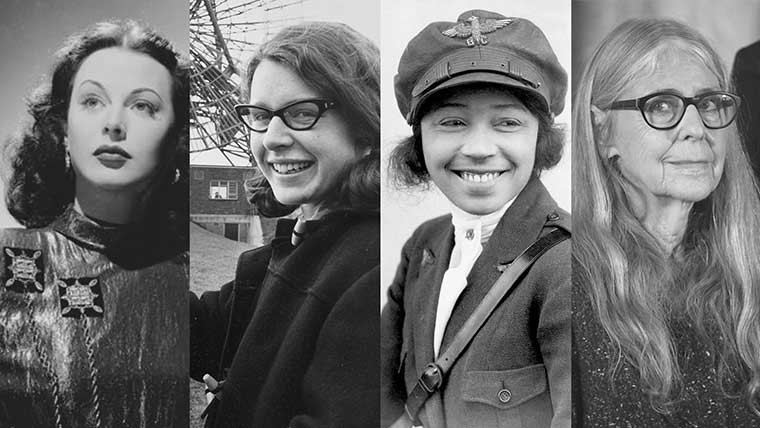In elementary school, naturally left-handed Bessie Blount Griffin taught herself how to write with her right hand to avoid punishment from her teacher. She then taught herself how to write with her teeth and her feet. This determined grit became the bedrock for her many accomplishments which include developing patented assistive devices for U.S. veterans who lost limbs in war, designing disposable, contamination-free cardboard basins for hospitals, studying forensics, and launching her own forensics consultancy.
At a time when society did not have concepts like inclusivity and gender diversity top of mind, some women continued to create and innovate in pursuit of a better world. While their contributions paved the way to support continued advancements in game-changing technologies we experience today, their stories are far less celebrated as part of the historical narrative around innovation and entrepreneurship. As a result, it is no surprise that female inventors, founders, and leaders are still underrepresented and undervalued. For example, women-led companies received only 2 percent of venture capital funding in 2018.
Telling their stories today is more important than ever. Studies show that giving credit to female leaders, entrepreneurs, innovators, and those who guided the way to breakthrough insights can help to advance more women into leadership.
As we chart a course forward with transformational ingenuity, we must learn from the lessons of those women who persevered. What we discover from their experiences can empower the cultivation and celebration of emerging female talent. Doing so not only changes society’s perception of who we think should lead, but it also starts to unravel the systemic barriers that women still face today in contributing their full potential.
Our country was built on the motto E Pluribus Unum: out of many, one. Ensuring this is a place where all can succeed is not only an economic argument, but a moral one. Women of all backgrounds have much to give. And as we have learned, their ideas have already transformed our world. In honor of International Women's Day, here are four more examples of women who boldly pioneered new career paths and contributed significant tech inventions to industry and beyond.

 Hedy Lamarr, Jocelyn Bell Burnell, Bessie Coleman, and Margaret Hamilton
Hedy Lamarr, Jocelyn Bell Burnell, Bessie Coleman, and Margaret Hamilton

